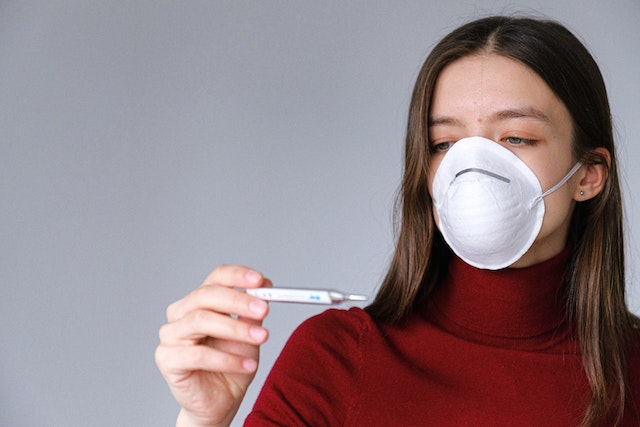
Strep Throat
Time to read 4 min
Time to read 4 min
You can opt for multiple ways to treat strep throat such as with home remedies and medication. You should start with an understanding of what strep throat is and how you can get it. You can then take the right precautions to ensure that you don't get it again.
You can feel a scratching feeling in your throat, along with redness inside and difficulty swallowing. Children can get strep throat more often, but adults can get it as well. You can get a rapid strep test to know whether you have it or not.
Step throat is a bacterial infection that has symptoms similar to a sore throat. You may also feel a sense of scratching and itching inside your throat as well. You should get tested if you are experiencing the symptoms of strep throat for an extended period.
The group A Streptococcus virus is what makes strep throat contagious in people. A strep infection is a viral infection that requires antibiotic treatment before serious complications emerge. As bacteria causes streptococcal pharyngitis it is important to track symptoms such as runny nose and sore throat.
You can get strep throat through direct contact as well, which is why doctors prescribe antibiotics to prevent the spreading of the streptococcus bacteria. Most sore throats may not be strep throat, which is why testing is the key to prevent strep throat spreading.
You can get strep throat through two major ways -
1. Direct contact
If you have been in direct contact with someone who has strep throat then you can get the bacterial infection as well. Coming into contact with fluid will be able to spread the infection to someone else.
2. Respiratory droplets
Droplets of respiration from someone who has strep throat can be a carrier of the infection to someone else. You should be careful of being around someone who has a sore throat and other symptoms of strep throat specifically.
Your risk of inflammation, scarlet fever, kidney issues, and rheumatic fever rises when you don't get treated on time. You should get a rapid strep test and track your symptoms of strep throat such as sore throats and throat itchiness.
Strep throat symptoms can also change over time, which can indicate the presence of a strep throat infection emerging. You can group a strep throat symptom cluster to check if you may have the bacterial infection.
You should be mindful of the following symptoms -
If you have throat pain, then it can feel like a scratching sensation inside your throat. This may persist for a significant period.
You may find it difficult to swallow normally, especially if you have throat pain present at the same time.
You may have swollen tonsils present, which can be a critical sign of an infection. You can get a strep test done to know if this is the case.
Doctors may identify redness or similar spots in your tonsil region. You can get tested if you are also experiencing other symptoms.
Chronic coughing may be another important symptom that you should be careful of. This is a critical symptom that something may be wrong.
You may find a swelling present in the lymph glands in children when they have strep infection.
Your immune system may respond with a fever reaction to the strep throat bacteria. You can check whether your symptoms are escalating if your fever is rising.
You may experience headaches as a part of strep throat. These may be as a result of the immune reaction as well.
Redness and rashes may also be present because of the strep throat bacteria. You can use topical creams to treat them locally.
You may be significantly fatigued because of the bacterial infection.
A swab sample rapid antigen test is one of the best ways to detect strep throat. You can get diagnosed in a shorter timeframe and get your report generated immediately.
A throat culture swab test of the back of the throat is performed to get a sample. The sample is then tested for the presence of the strep throat bacteria.
Penicillin or amoxicillin may be prescribed as treatment options for strep throat infections. Your doctor will recommend the right antibiotics based on your medical history and severity of strep infection.
Your doctor may prescribe painkillers as well as a way of managing the symptoms that emerge from strep throat.
You may also focus on cough medicine and other syrups to help with a sore throat.
You can also opt for the best home remedies for symptoms management and to prevent strep throat from arising.
You can focus on these home remedies for your strep throat symptoms.
Salt water can help with the irritation and throat burning sensation when you have strep throat.
Ginger is one of the best remedies for a sore throat, and you can consume ginger lozenges to help ease the sensation.
You can add lemon in a salad or drink lemon water to help with the symptoms of your strep throat.
Honey is one of the best home remedies for a sore throat and can help ease the symptoms of burning sensation in the throat region.
* Medical Disclaimer - The following information is for educational purposes only. No information provided on this website, including text, graphic, and images, are intended as substitutes for professional medical advice. Please consult with your doctor about specific medical advice pertaining to your condition(s).

